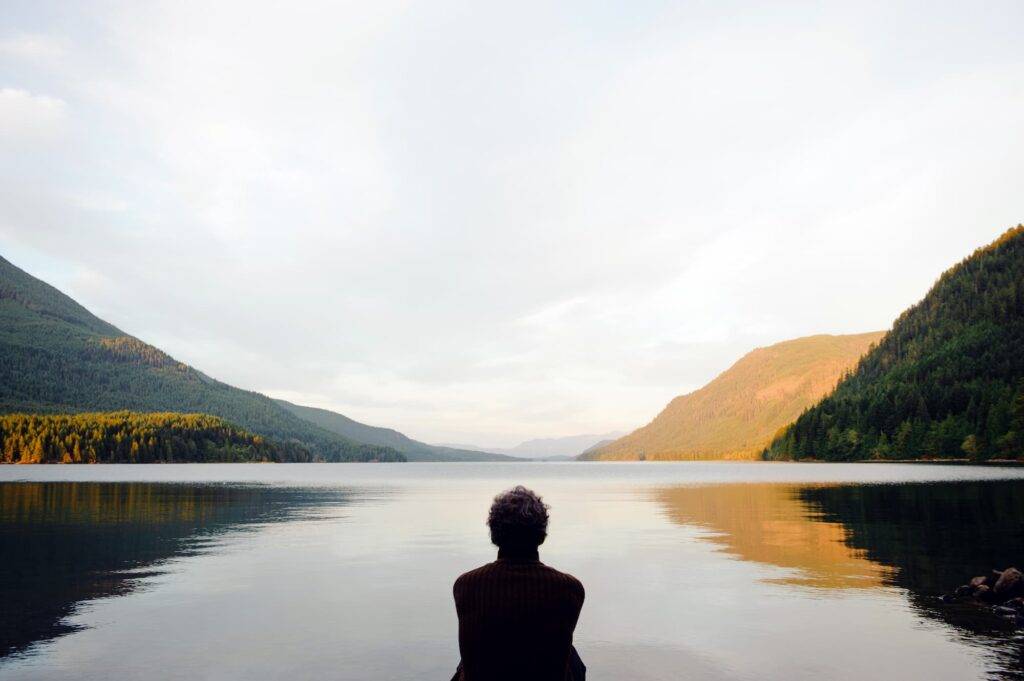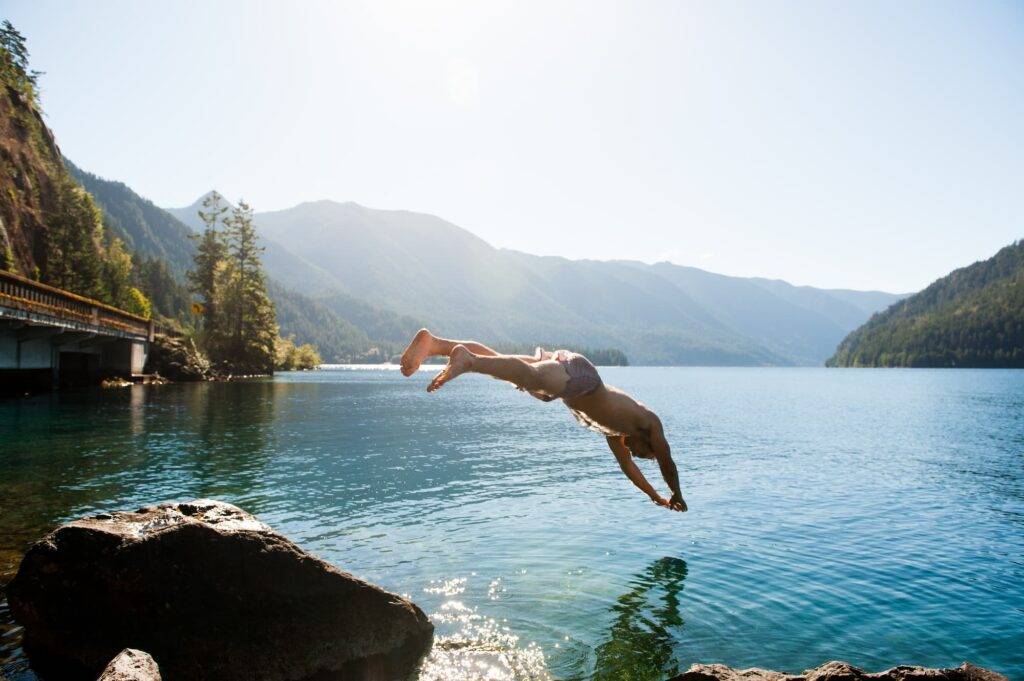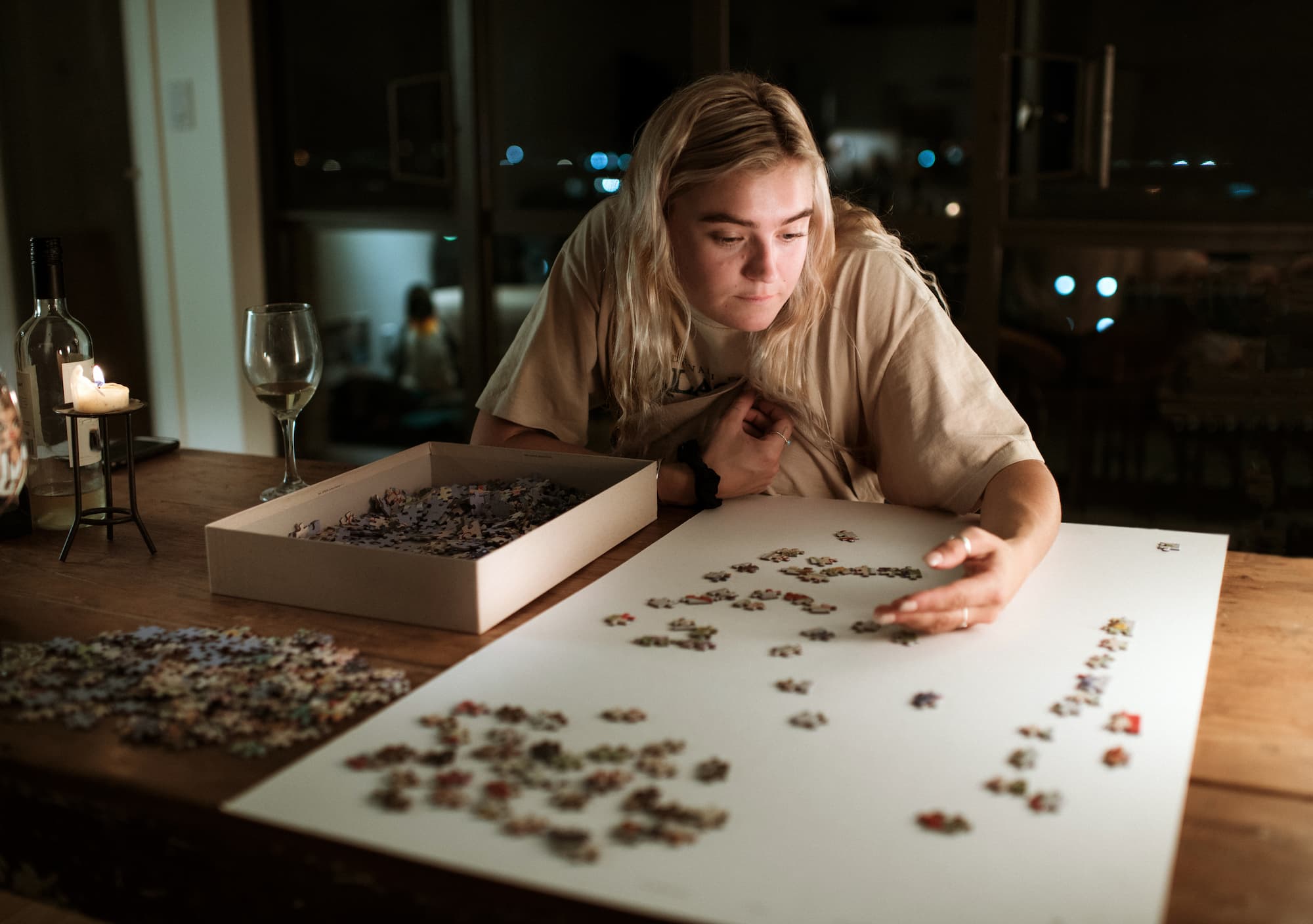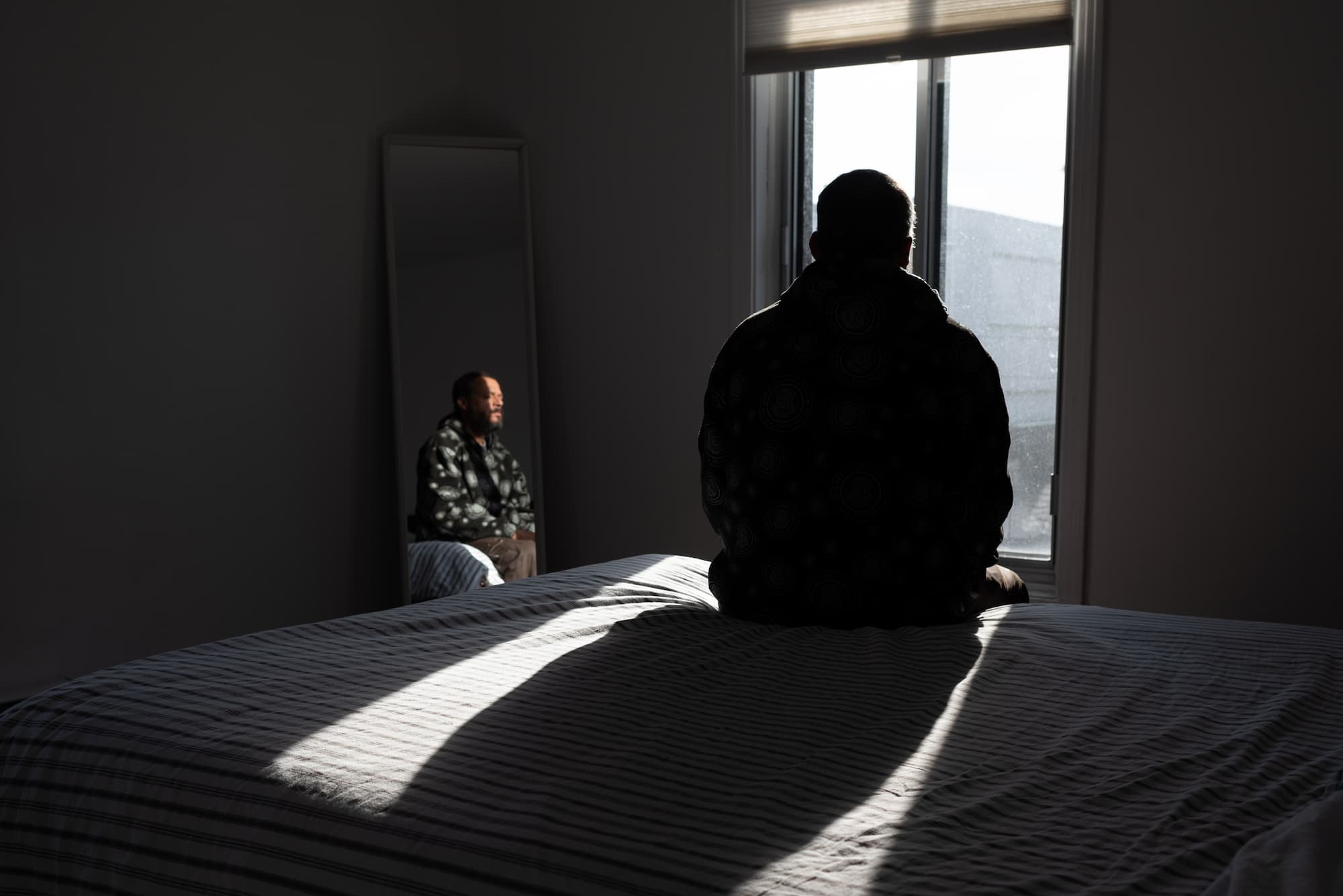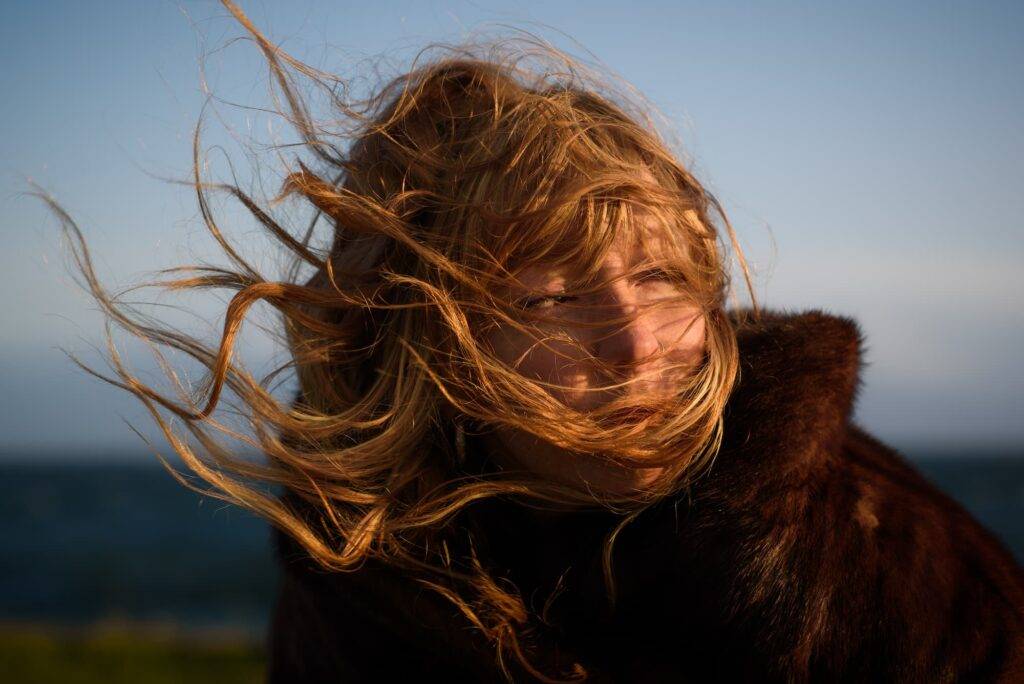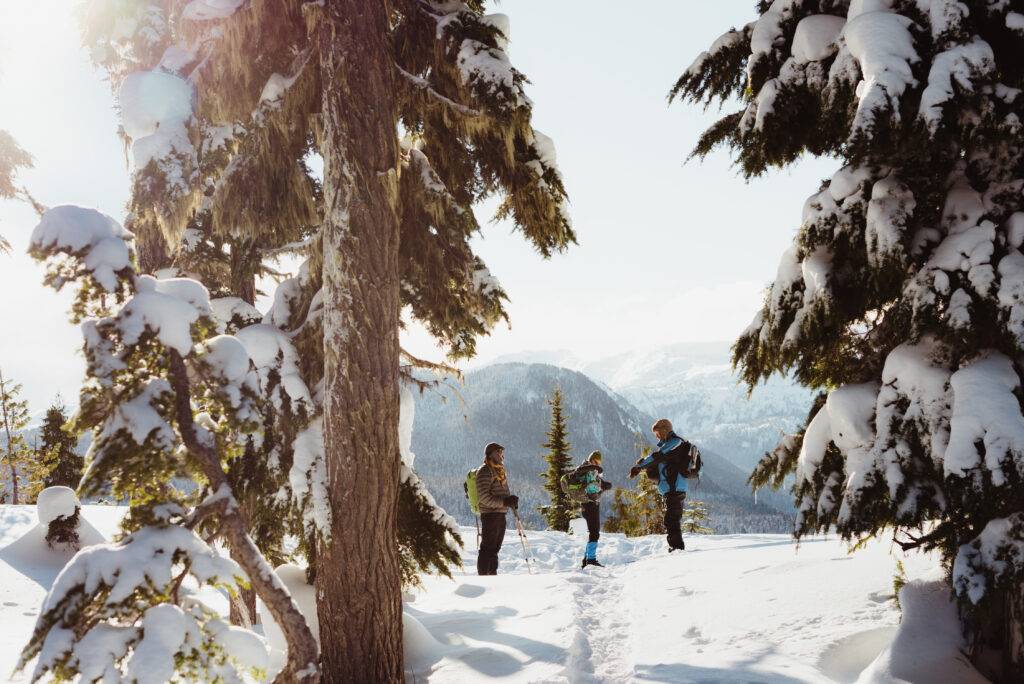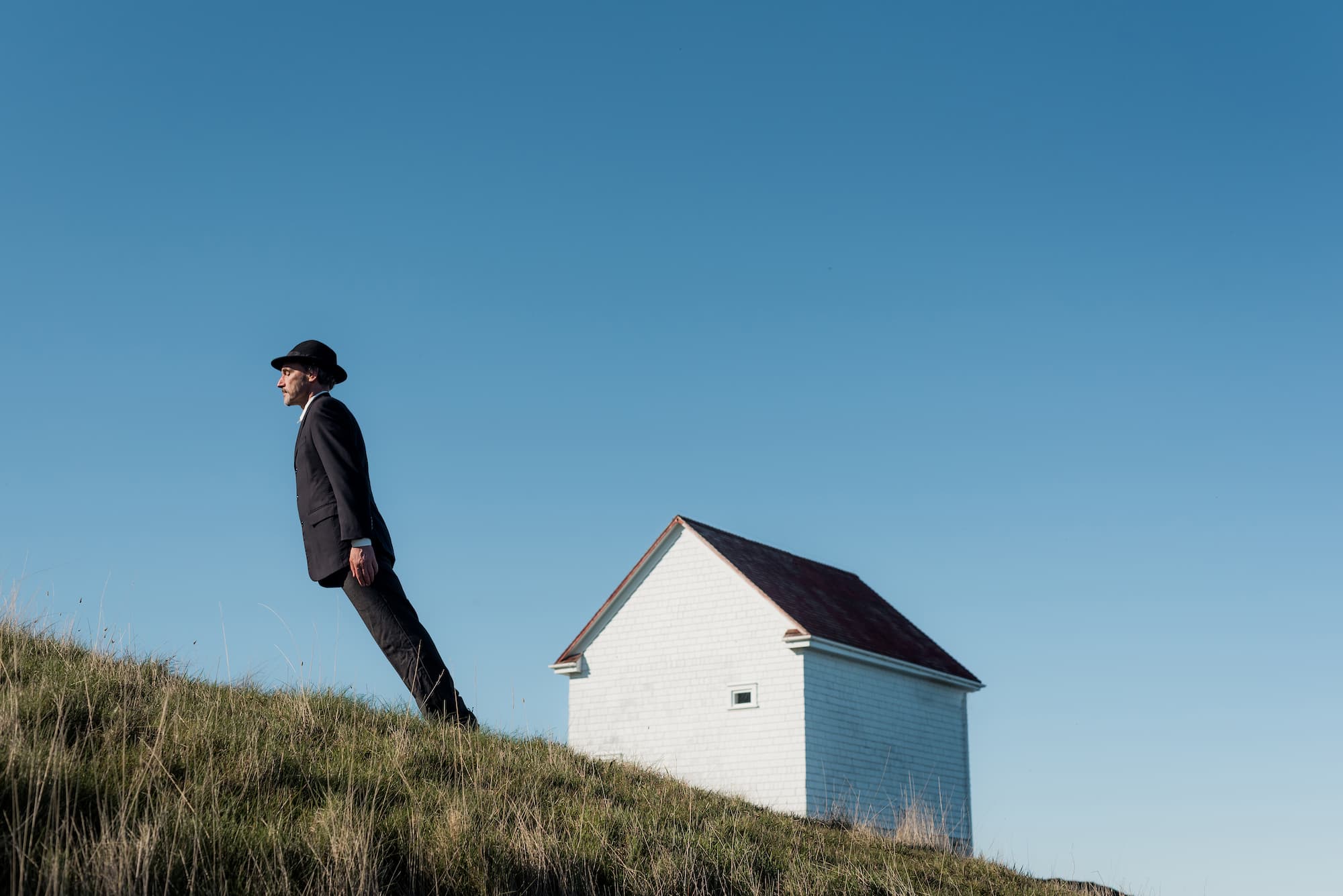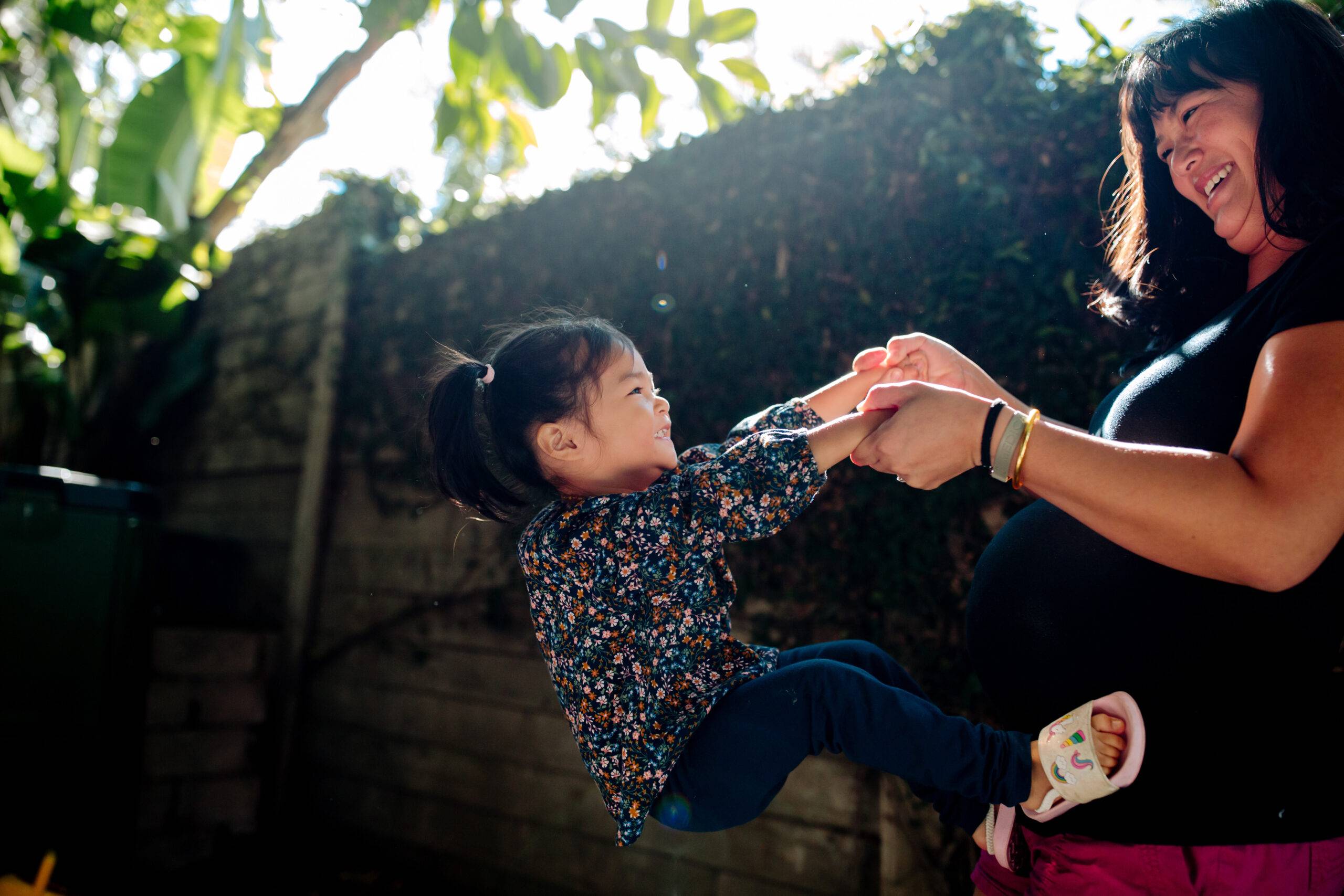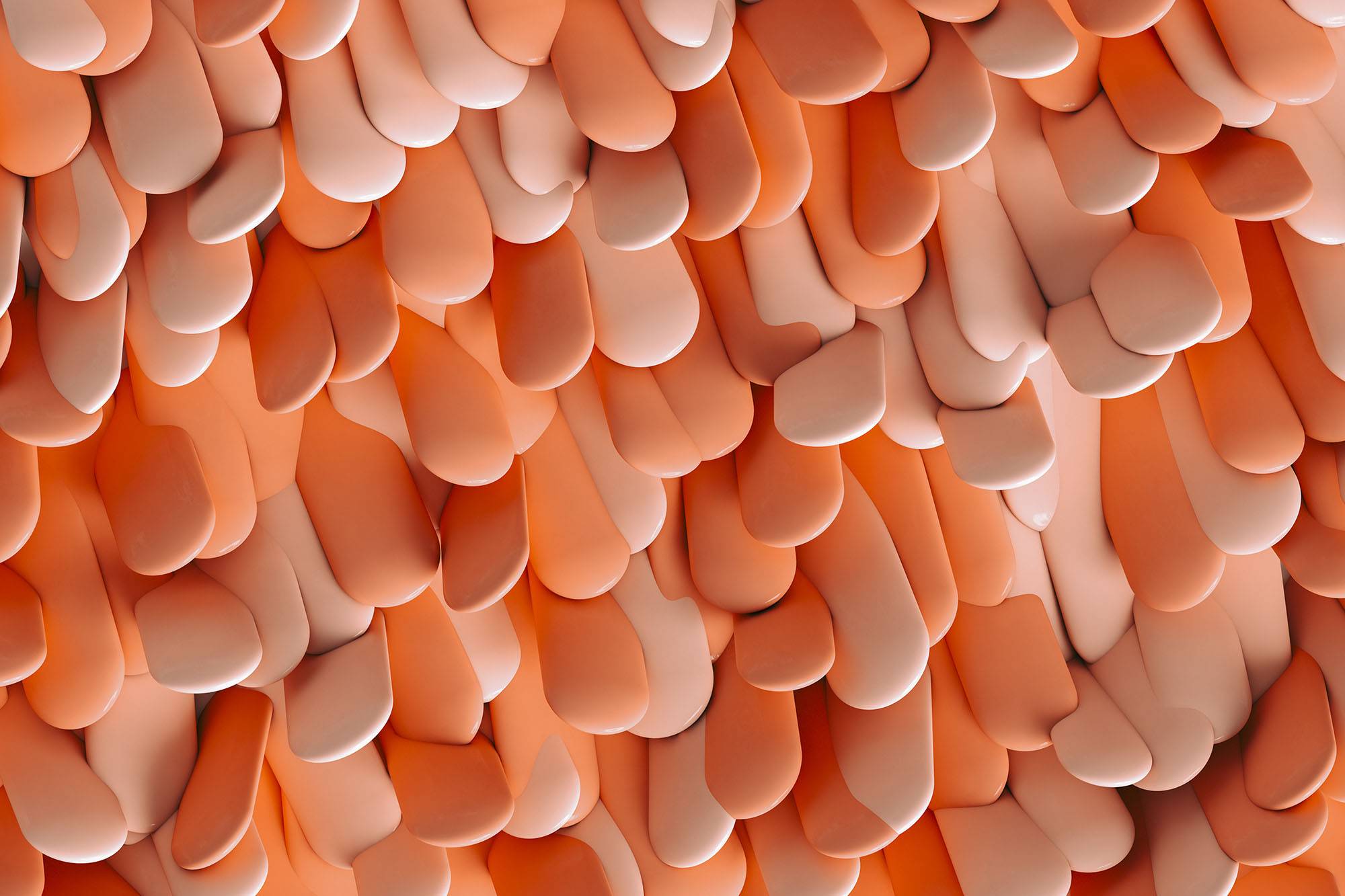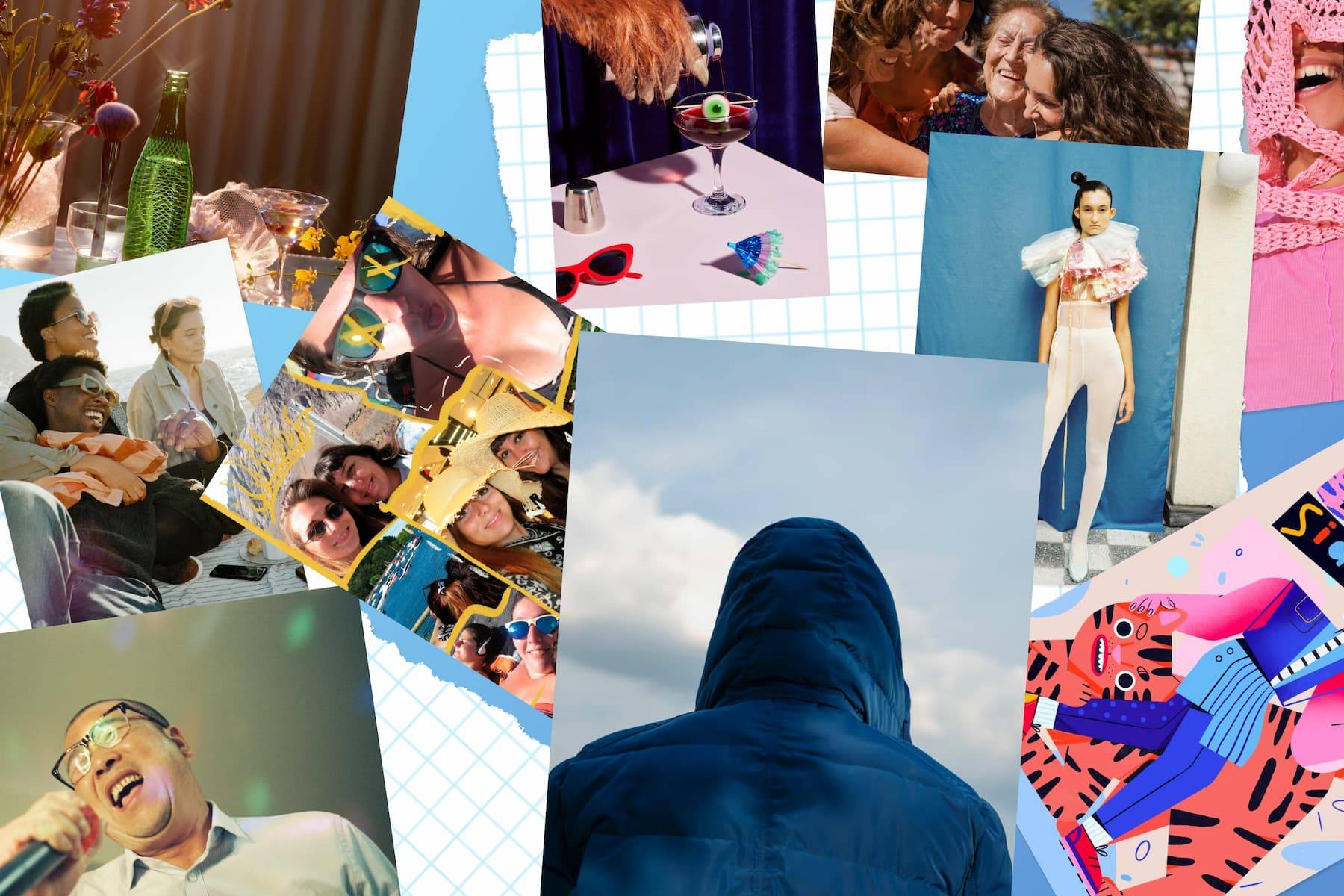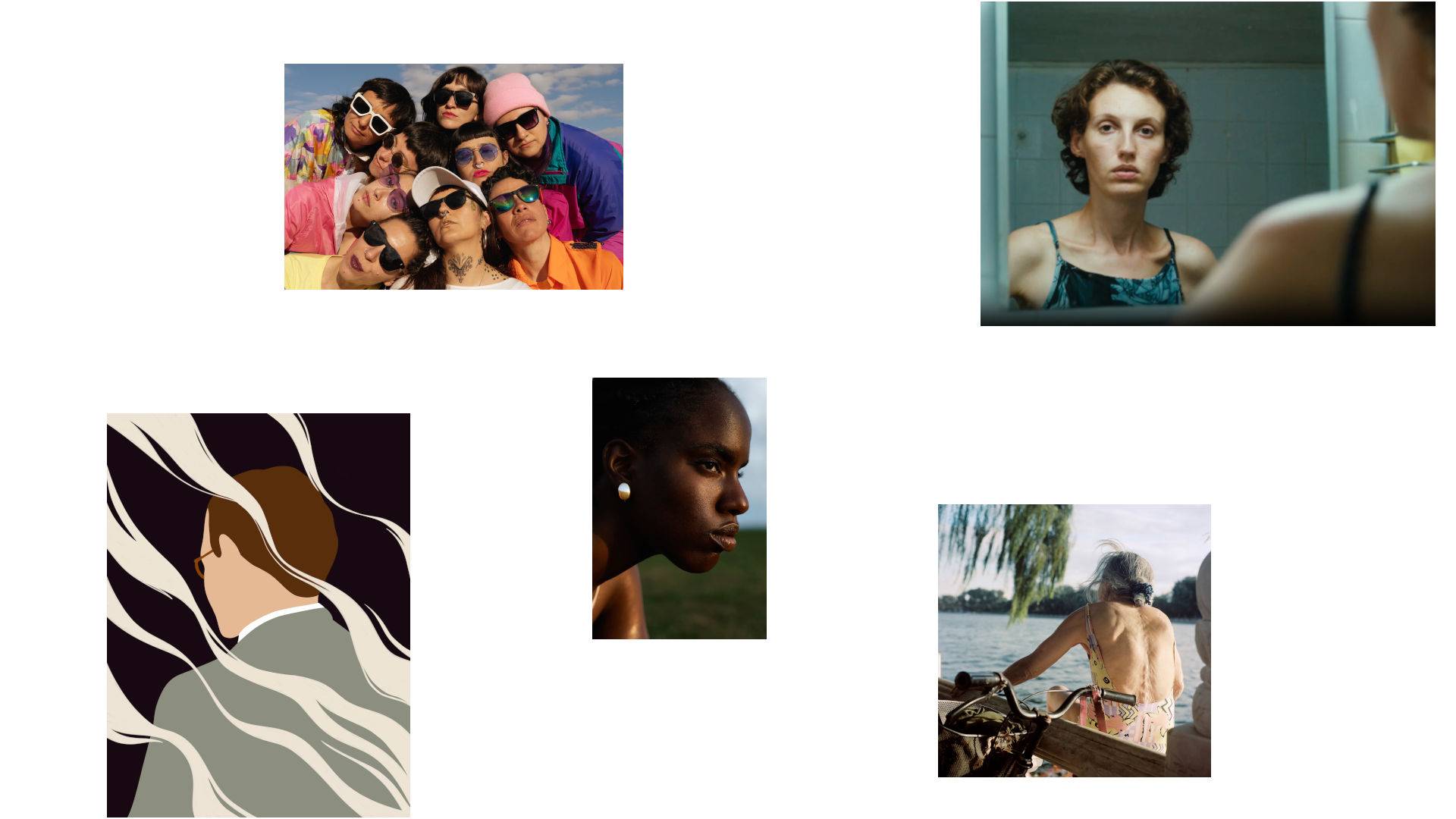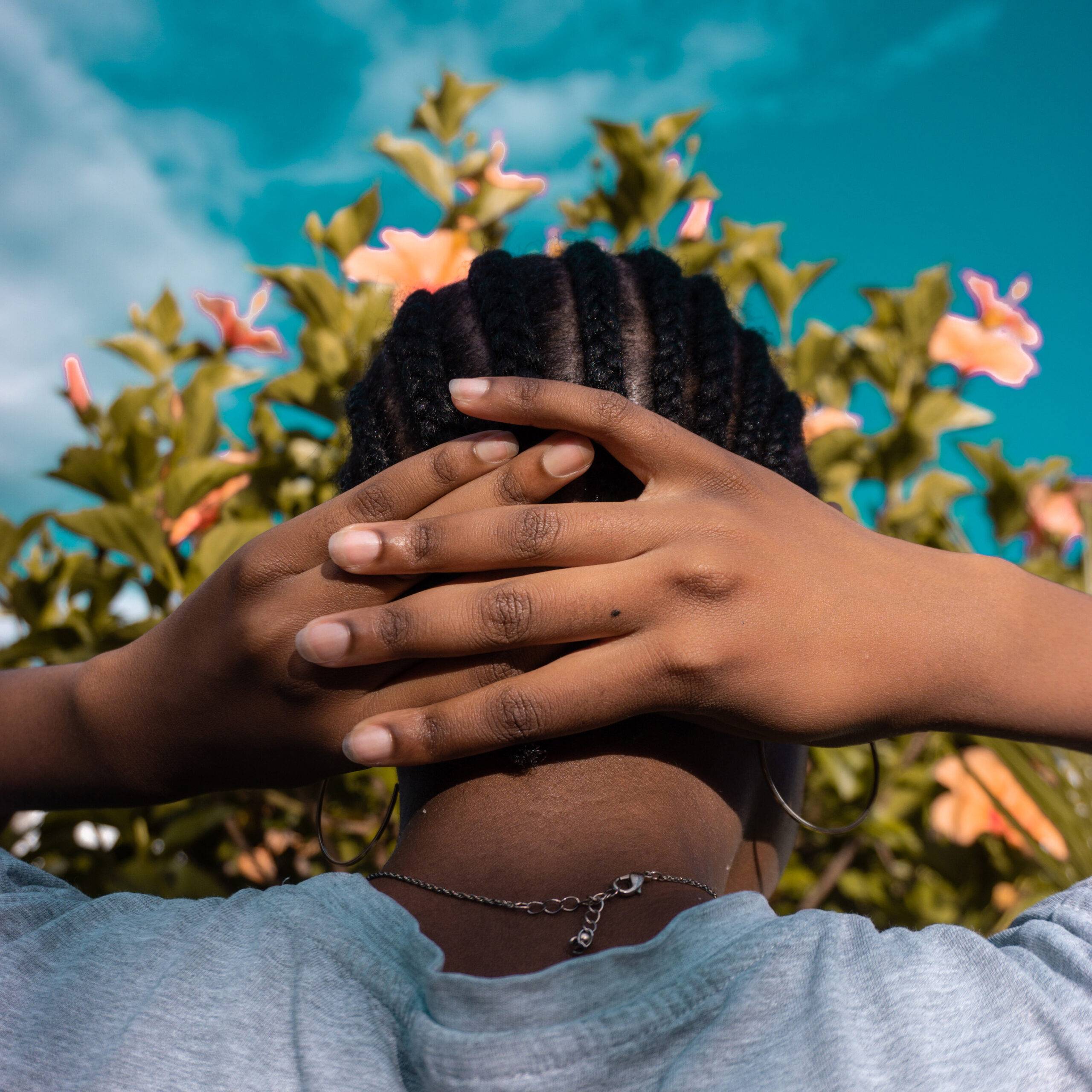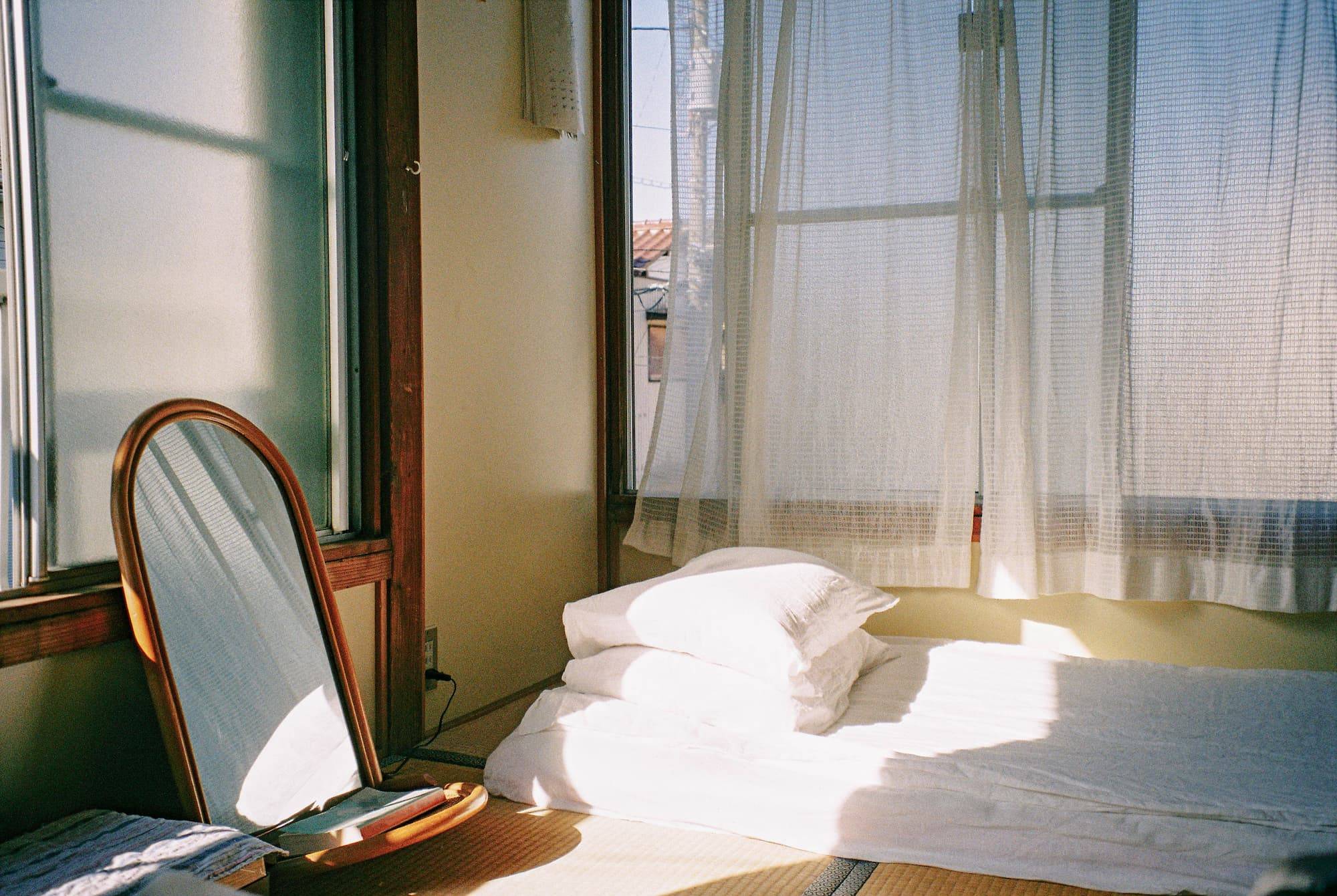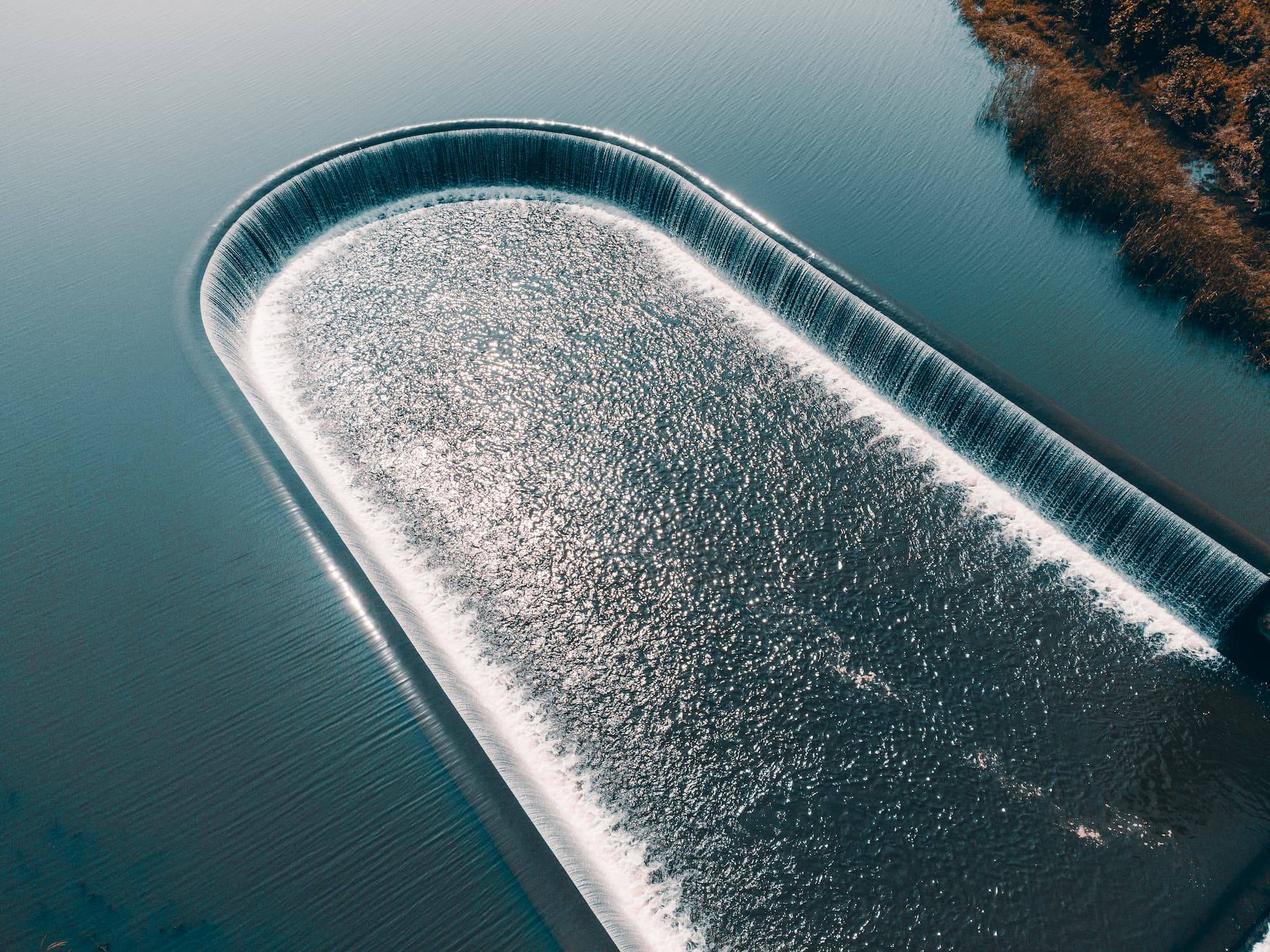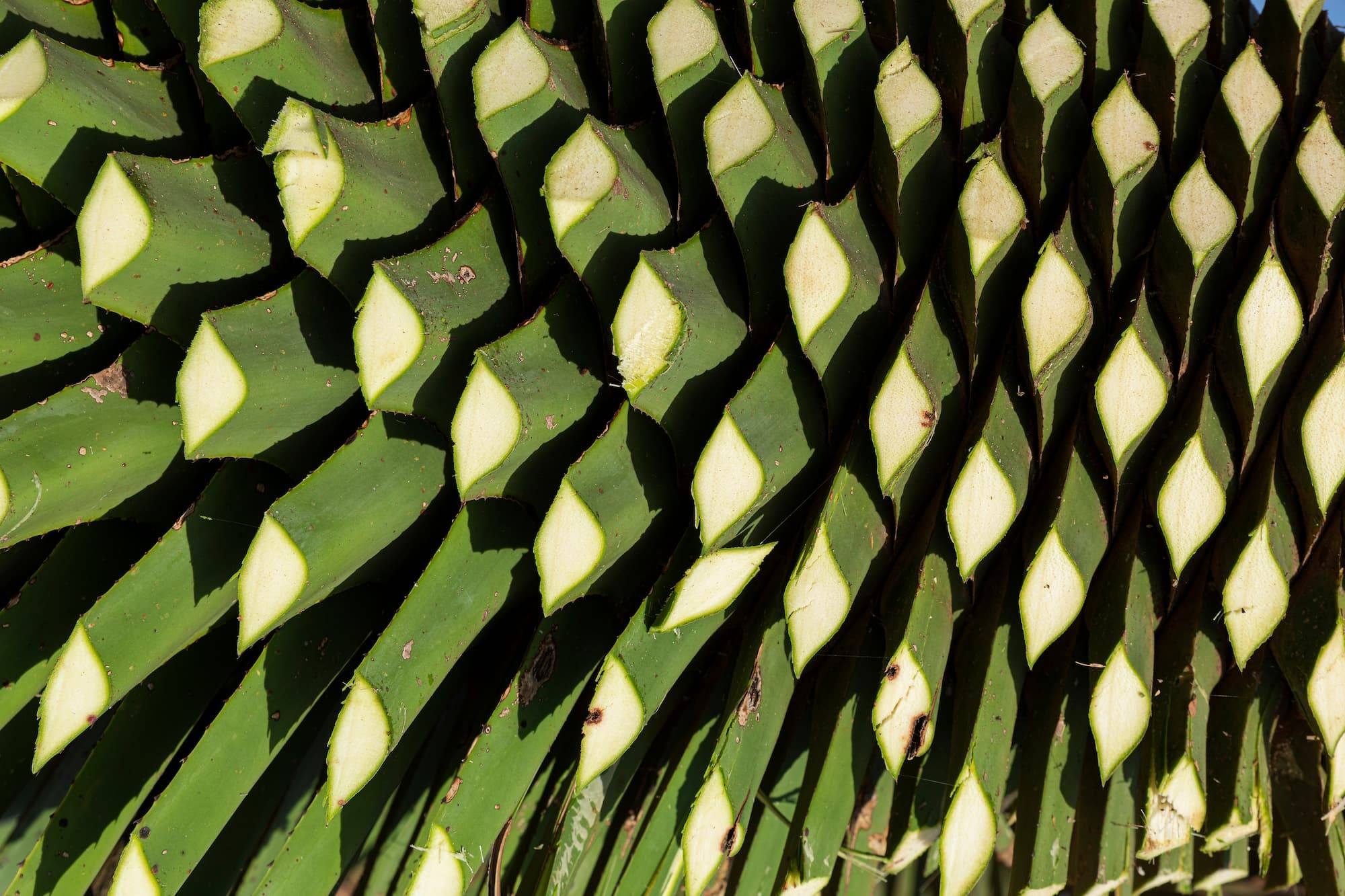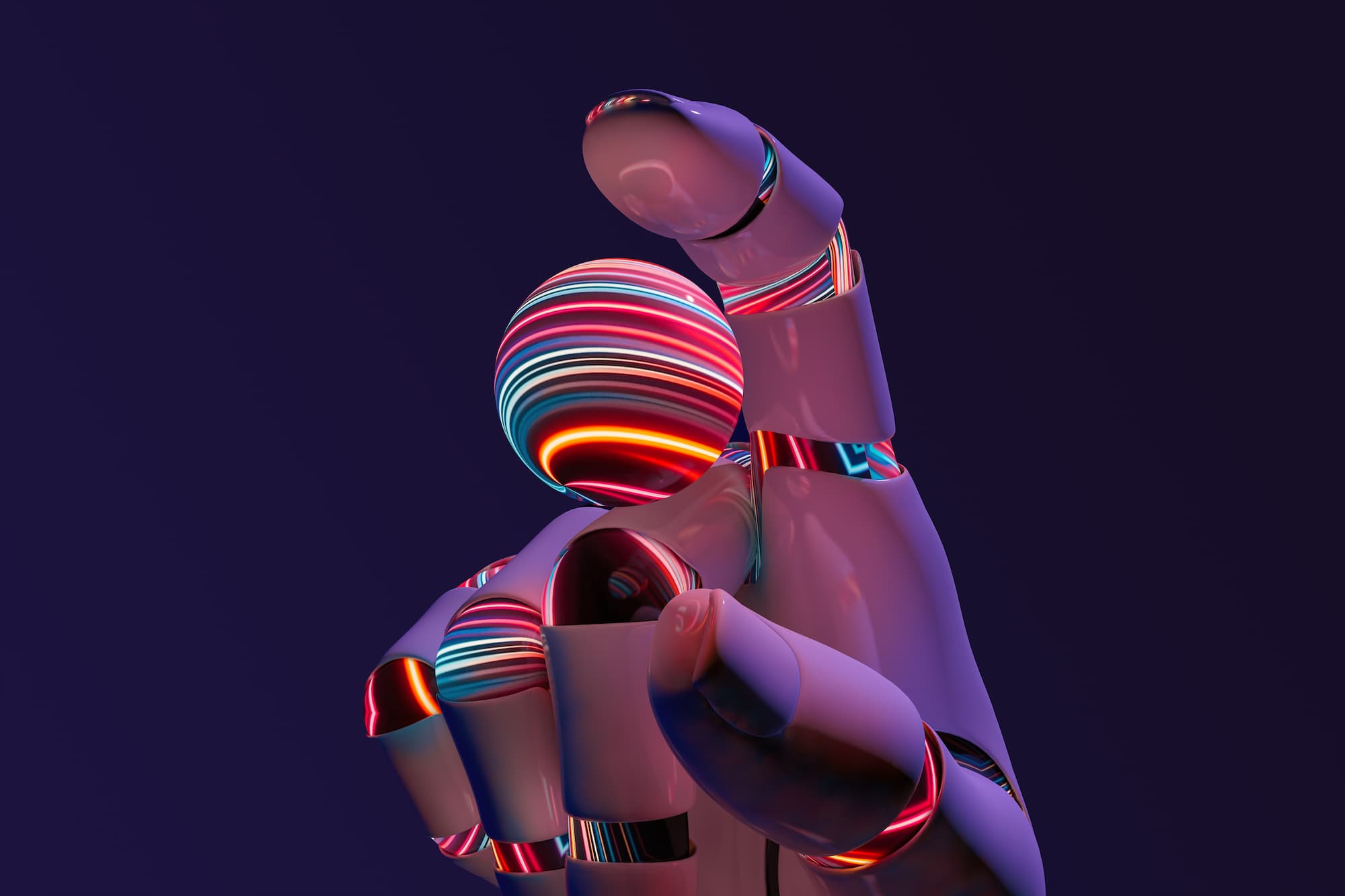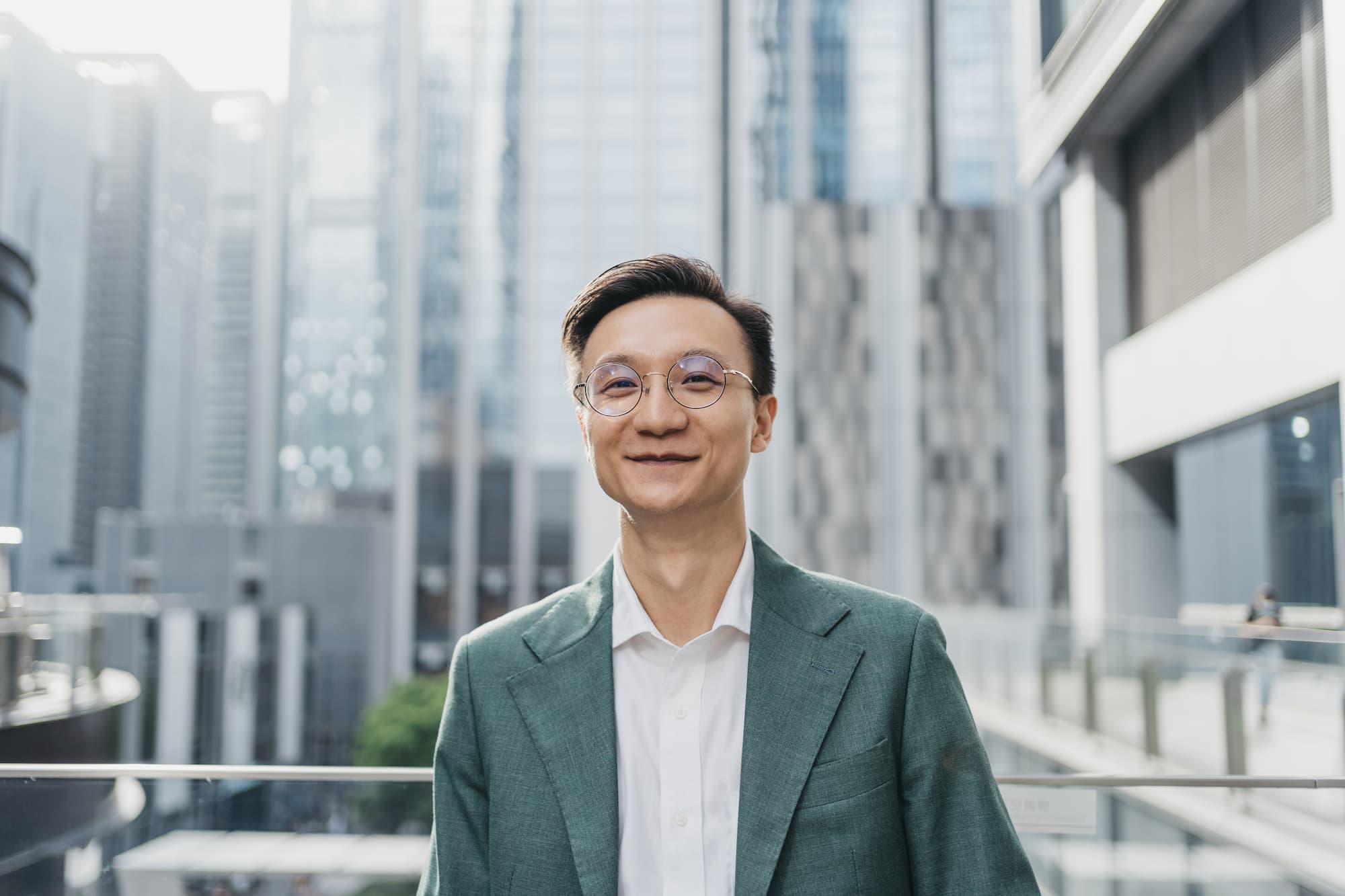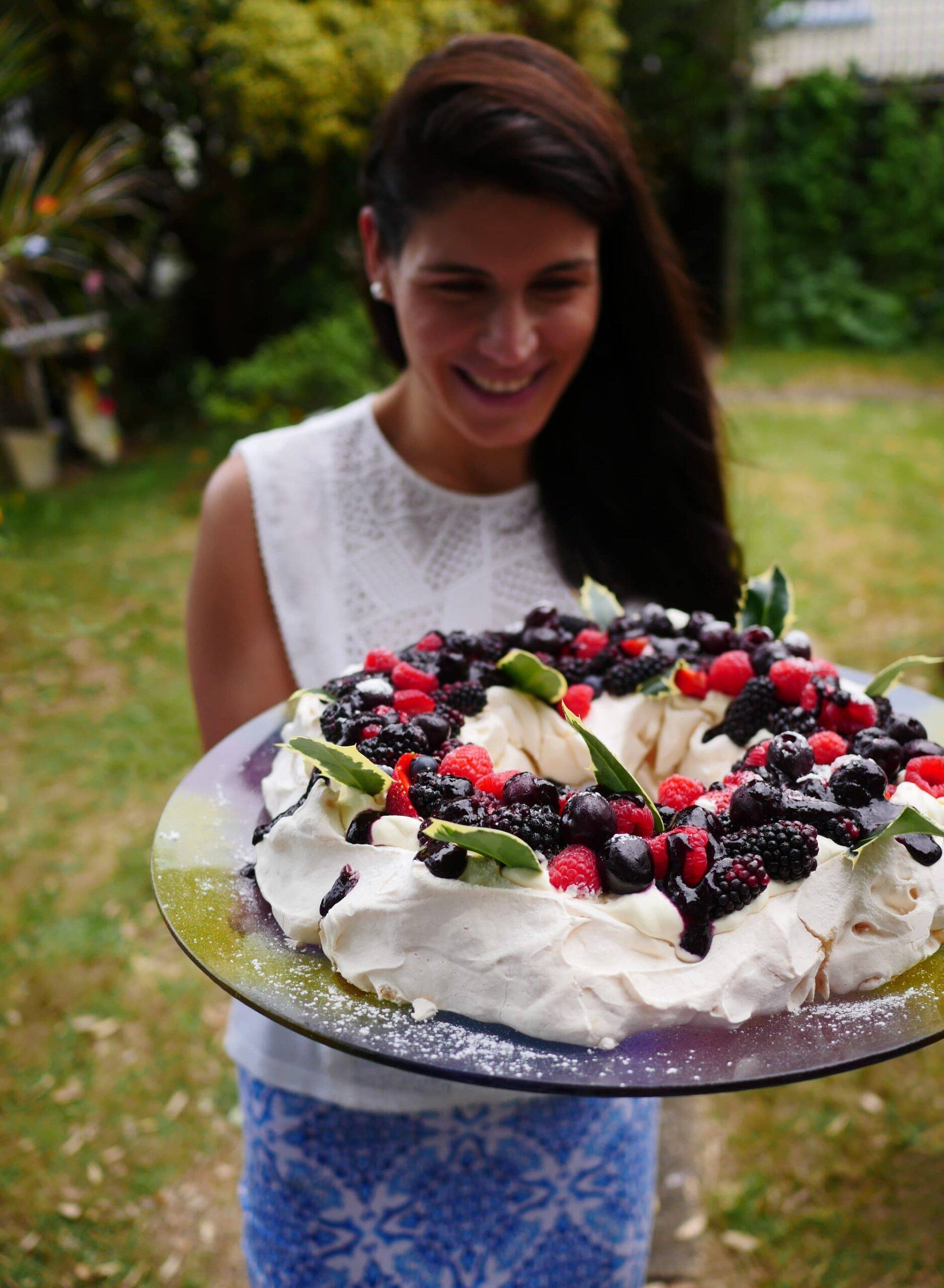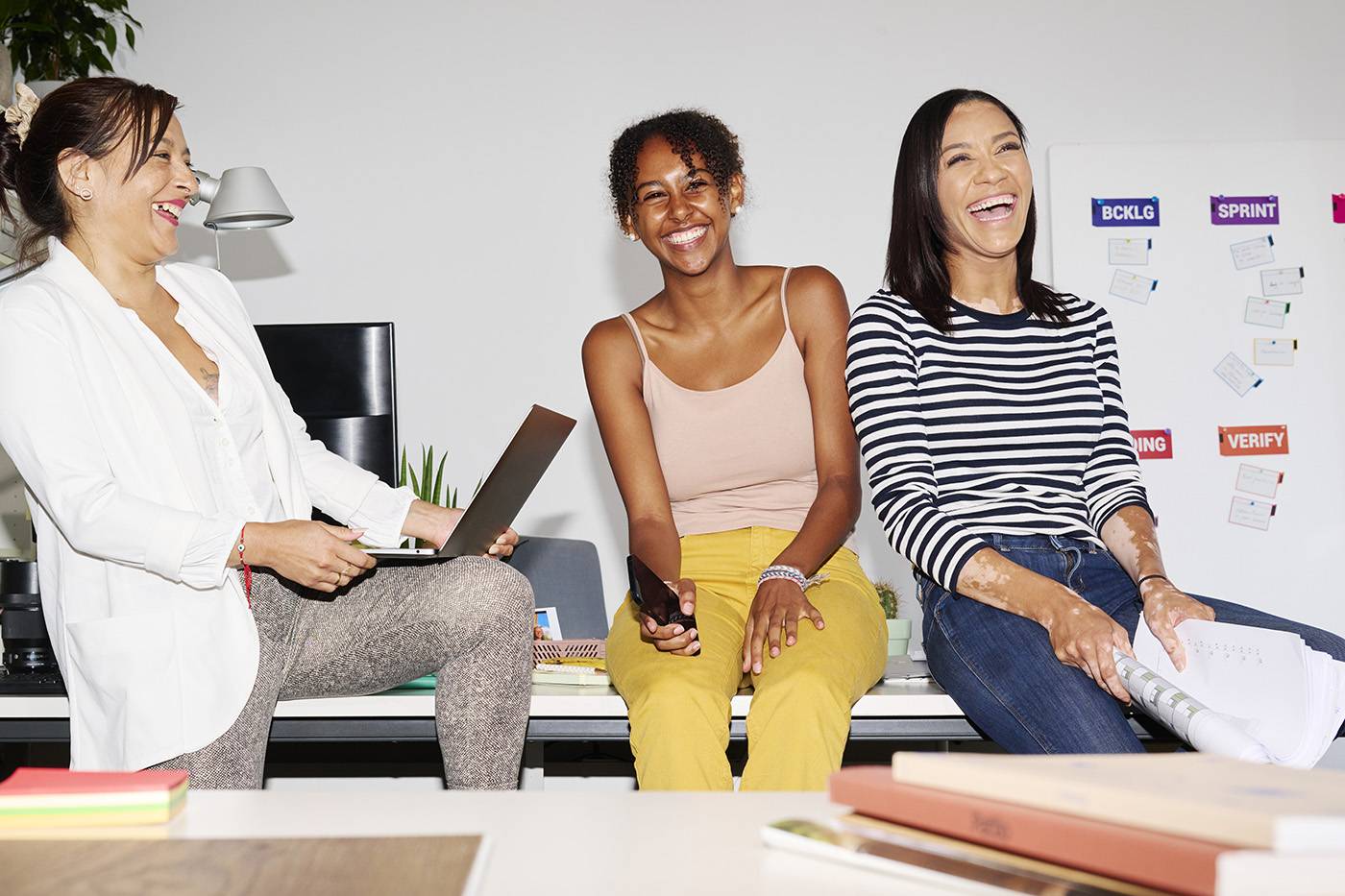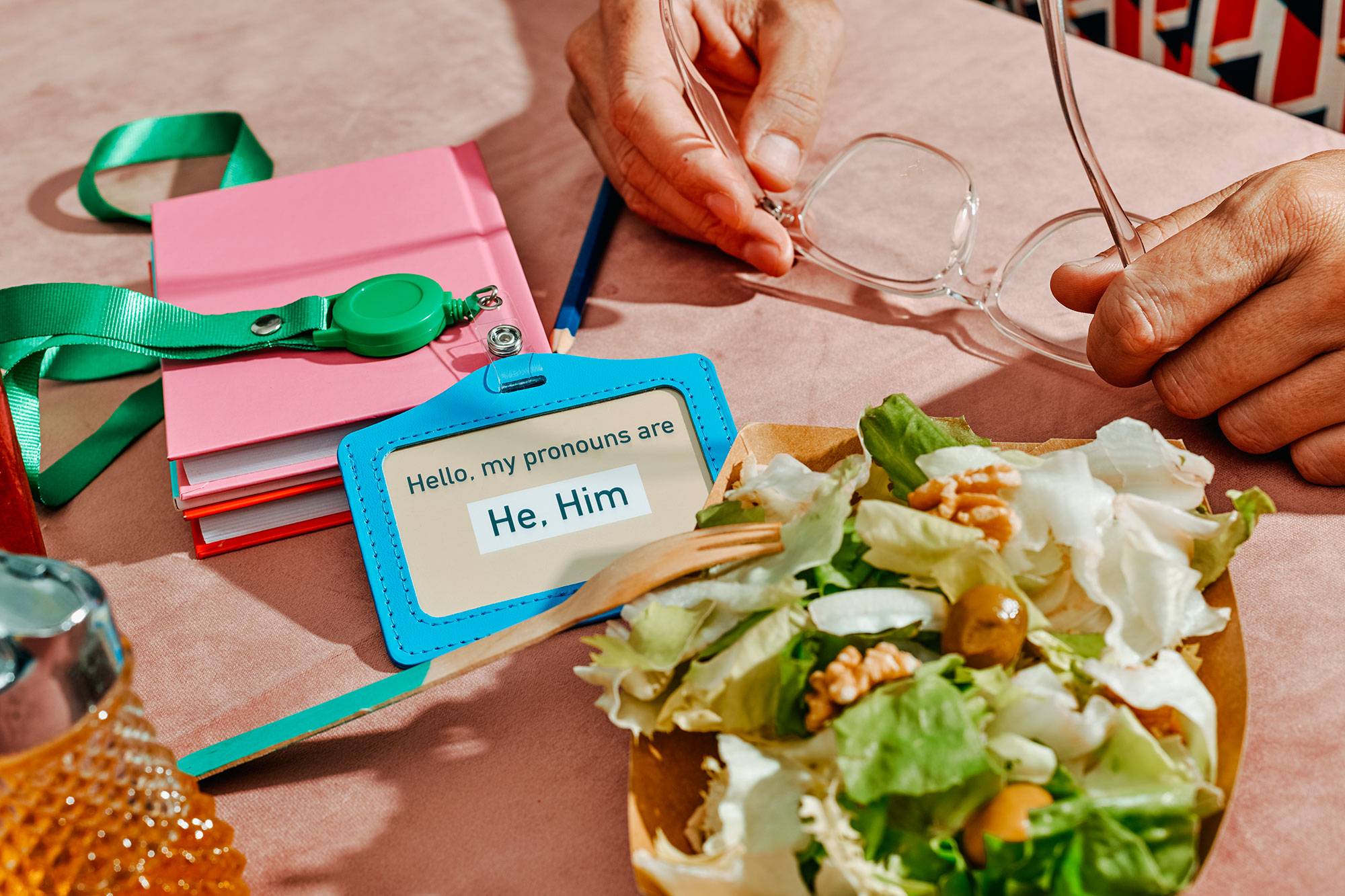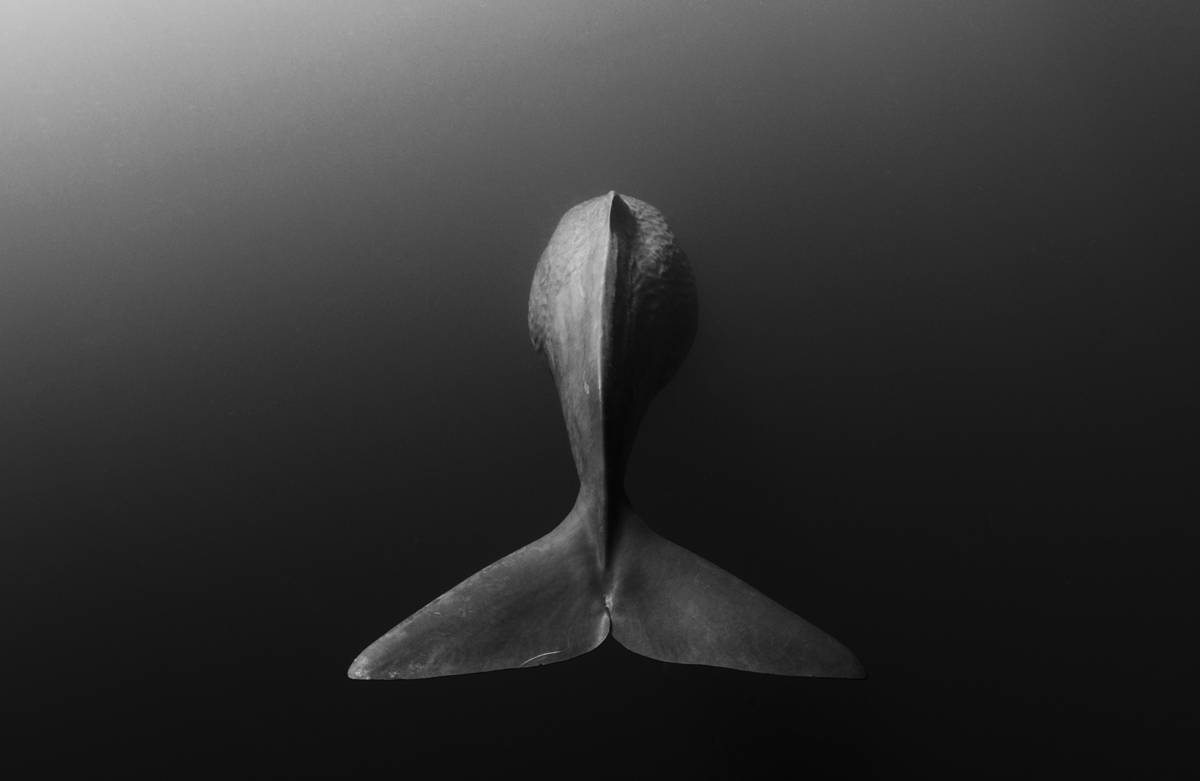We spoke to Hélène Cyr and learned how living a life of many jobs led to becoming a celebrated photographer with a published photobook and work exhibited at multiple exhibitions.
“Office clerk, tree planter, firefighter, graphic designer, assistant photographer, and selling socks from a cart in NYC” — that is quite a diverse list of experiences. How did “photographer” become a part of this list?
My life as a photographer emerged from all those varied roles and experiences. That said, a specific moment during my Fine Art studies in college stands out above all else: the first time I saw an image appear in the developing tray. I was awestruck!
These survival jobs helped me sustain myself while I built a career as a photographer. But they also gave me opportunity to see the mystery in other people, to capture that visually, and otherwise be fascinated by them.
All that, and I lived on rice, figuratively speaking.
Can you tell us a bit more about your career as a photographer and how Stocksy became a part of it?
Back in Montréal in the earlier days, I would empty my tiny closets to convert them into darkrooms. No air circulation and my bedroom would stink like fixer. I mention this to illustrate my devotion I suppose. A decade of events with added experiences such as waitressing and working with a photo agency are all part of my library of experiences.
The weddings work began shortly after I moved to British Columbia in 1994. At that time, there was a stigma around wedding shooters, with those jobs featuring stiff family portraits and set-ups. A friend, who herself was getting married, suggested that I capture her wedding like a photo-essay. Over 350-plus subsequent weddings, my style and approach to these ceremonies and celebrations developed. Weddings can be wonderful and filled with human story!
About ten years ago, another friend suggested I look into Stocksy.
We love seeing the broad range of people you capture in your portraits and noticed that you often work with artists. Do you find it is different working with a person when they are artists themselves?
I enjoy working with all kinds of people, but working with various artists is an extra treat. Creative ideas go back and forth like a palpable energy between myself and these subjects. Being artists, their interest in getting their image just right inspires me to demand more of myself.
For instance, there is Jimbo, one of Canada’s best-known drag artists, and who’s appeared as a contestant and judge on Canada’s Drag Race, the Canadian edition of the RuPaul Drag Race franchise. Jimbo lives a convenient block away from me and during the pandemic, I did a lot of promotional photography supporting his work and still do.
We can’t resist asking this question as it’s such an important skill to have. How do you make your models feel at ease in front of the camera? And for conceptual work, how do you ensure everybody works towards the same goal?
People honestly fascinate me, and my curiosity about my subjects invites them to get comfortable and open up. Everyone has a story.
For my conceptual work, I use rough sketches and images found elsewhere to give form to my ideas. When on location, the light on the West Coast and winds off the Pacific Ocean give me plenty of art direction.
Your Stocksy portfolio is a wonderful mix of more conceptual and lifestyle work. At what stage in your creative process do you know what style a shoot will be in?
It’s not always planned. Or if it is, something conceptual might come from a planned lifestyle shoot. Or the opposite is true. It can be as simple as, while on the drive to the location for the conceptual shoot, we get a flat tire. Suddenly I now have a lifestyle shoot.
You published a photo book called “Handmade Forests: The Treeplanter’s Experience“, can you tell us a bit more about what drove you to create your book and the journey it took to get it published?
I was working as a treeplanter. The first time I saw a clear-cut block of forest on an industrial scale, I fell to my knees and wept. I then stood up, took a shot, and knew I was onto something. It took five full seasons of planting to gather enough material to make a book. Often, I would put down my planting shovel and run off to where I needed to get the shot.
As for getting the book published, I had this expensive coffee table book dream, one with beautifully printed images. I went first to the better-known publishers. After five rejection letters, all of which kindly said “good images and content, but we just don’t see an audience for it,” I realized that understanding my audience was the key, and solved that in my last and successful query letter to the right publisher.
The book was ultimately developed with an audience of fellow or former tree planters and forest lovers who could at least afford a paperback. I am proud to say it was nominated for the Roderick Haig-Brown Prize for books which contribute to the “enjoyment and understanding of British Columbia.”
What is your motivation/driving force to create your work?
The state of the world. When I hear the news, I’m driven to create something that reflects what I hear. This can be a good news story, a cause for joy or lightness of spirit. Or it can be something tragic or a call to action, leaving me compelled to do something.
An example was the logging of Fairy Creek here on Vancouver Island; there was a stand-off between protestors and police that lasted for weeks, and I was there at various times taking photos.
In my photography, and also in the painting I do, I find means to work through my feelings about the global condition, be it reflected in our humanity or in nature. Seeing other artists’ work that I admire also encourages me to pick up a camera or brush.
If you could execute any idea — with no budget restraints or logistical limits — what would it be?
I’d like to take my interest in the environment, diverse cultures, and global issues on a world tour. And in that, to fund and join other artists in representing where we find ourselves in the early 21st century, using photography and other media in a kind of collective creative exercise. Art is a source of hope when things are bleak, and I’d like to activate that potential in it in the company of other likeminded creators.
Do you have any hidden talents besides creating your wonderful work?
I dabble in paints and mixed media. When waiting for the bus I will do cadenas (flamenco foot work) to keep warm and or be entertained. And when alone, in a space with echoey acoustics such as my building’s stairwell, I like to sing. I think I do that passably well, though my neighbours may have a different opinion.
How do you make sure that your work still stays enjoyable and that you don’t burn out on creating new content?
Long walks far away from the computer. Though, truthfully, I’ve never burned out from creating. What exhausted me in the past were too many weddings and the related endless post-production. I’m pacing myself now with only a select few weddings, making time for more creative photography and painting. I’m more balanced, happier and fulfilled that way.
What is the one bit of advice you wish you had known from the start?
Take deeper breaths.
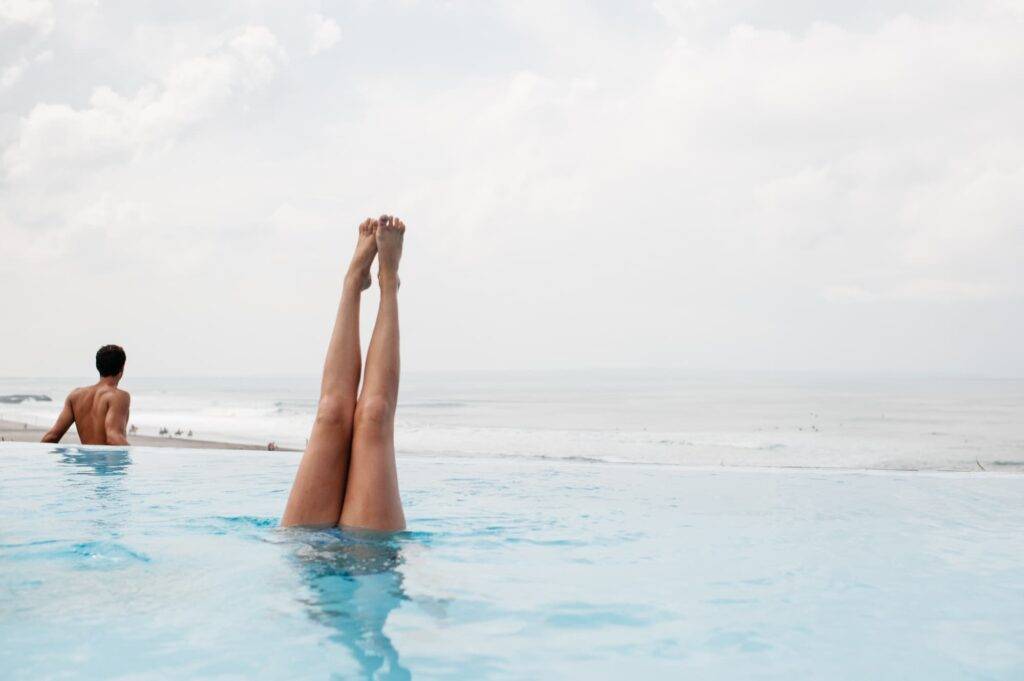
Creative blocks can happen to everybody; what works for you to get out of them?
Those long walks. They brush away the cobwebs. Sometimes I will watch a TED talk on topics like motivation, procrastination, or anything else that might liberate me from that block. Tennis and other activities work beautifully too. Other than the physical activities, there’s always naps. Something eventually will come, and most often when not expected. Yesterday, I watched a movie, and just one image from that movie launched a potential series in my brain.
Is there something that you can not go without while creating new work? And why is this so important?
Sketching, thumbing through books and magazines. Classical music in the background.






